Car Polish vs. Wax
by Chris Lewis.
Many individuals see their vehicles as much more than simply a method of traveling from one location to another location on a daily basis. However, many people see their car, vehicle, or SUV as financing; they've spent money on it, and they're now ready to do whatever it takes to keep it looking good and lasting a long time.
Contents
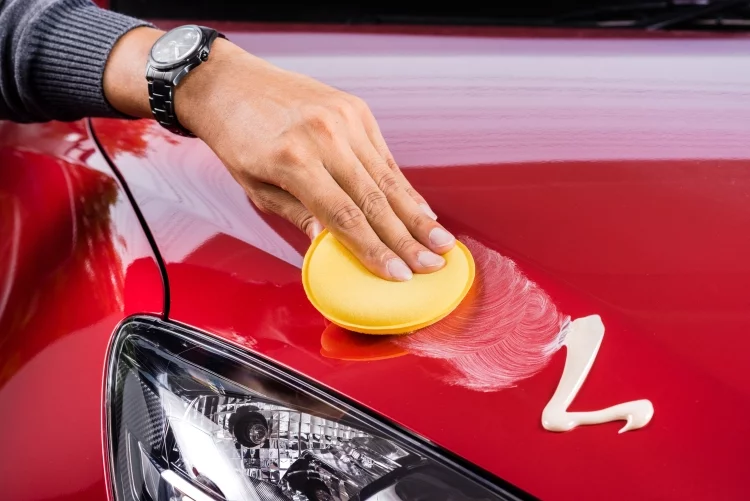
In matters of its use, the key is to keep to normal and manufacturer-recommended upkeep, such as oil changes and tire rotations. However, one of the greatest methods to keep your car sparkling and attracting attention is to polish and/or wax it on a routine basis.
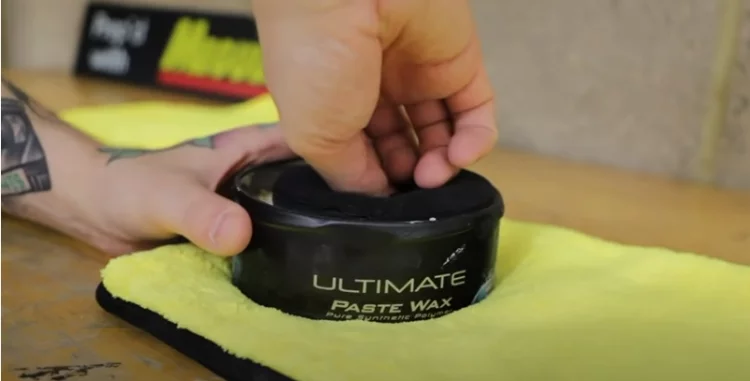
Yet, contrary to popular belief, polishing a vehicle and waxing a vehicle is not the same concept. In this article, we'll define "polishing" & "waxing" from the perspective of vehicles, and explaining the fundamental distinctions between the two practices, and will help you determine when it's best to polish or wax a car.
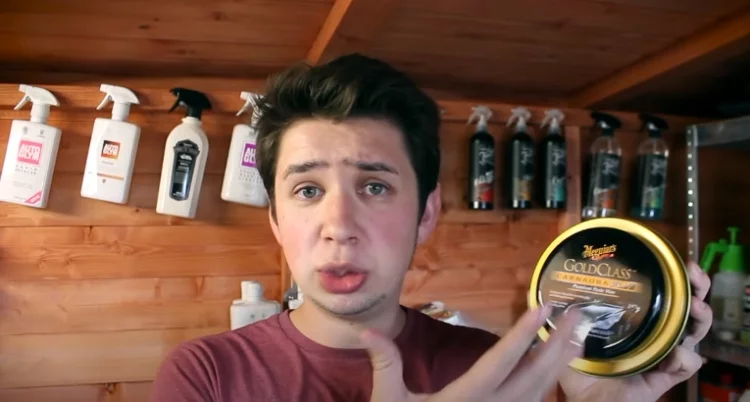
What is Car Wax and What Is It Used For?
A car wax is a product that protects your vehicle's paint job and gives it a shiny appearance when applied correctly. Waxing your car can protect it from harmful UV rays, minor scratches, salt water damage and other harmful elements. To properly understand the benefits of a high-quality car wax, you need to know how it works in your vehicle.
Generally speaking, there are three different types of car wax that have their own unique properties and uses:
Carnauba Wax
Carnauba is produced from the leaves of palm trees found along the coastline in South America such as Brazil and Paraguay. It is the most difficult of the waxes to apply, but it provides a high-gloss shine and will protect your car from scratching and fading.
Paste Wax
Paste wax is made from a blend of natural ingredients such as pine rosin or turpentine oil, paraffin and beeswax, as well as chemicals like resin, naphtha and carnauba wax.
Liquid Wax
Liquid car wax is typically made of water-based ingredients that are easy to apply. These include polymers, abrasives and lubricants that give your vehicle's paint job a nice shine while also protecting it from harmful elements.
Car waxes fall under the category of lubricants, which are substances that reduce friction between surfaces. Your vehicle's paint job is the most common surface; however, waxes can be applied to many other exterior car parts as well including the metal body and plastic bumper.
Your Budget and the Type of Wax You're Getting
When it comes to choosing a car wax, there are two main factors you should consider: your budget and the type of wax you're getting. First, consider the amount of money you want to spend on a car wax and what you can afford. There are many brands available, so there is no need to break the bank just to get a high-quality car wax.
Second, decide which type of wax will work best for your needs and skills. If you are not very experienced when it comes to applying wax, then choosing a liquid or paste wax would be wise.
Once you have considered your budget and what type of car wax is best for your vehicle, the next step is reading reviews on various brands. By doing so, you can find out which types of car wax are high-quality yet affordable and base your decision on what other customers have said about the product.
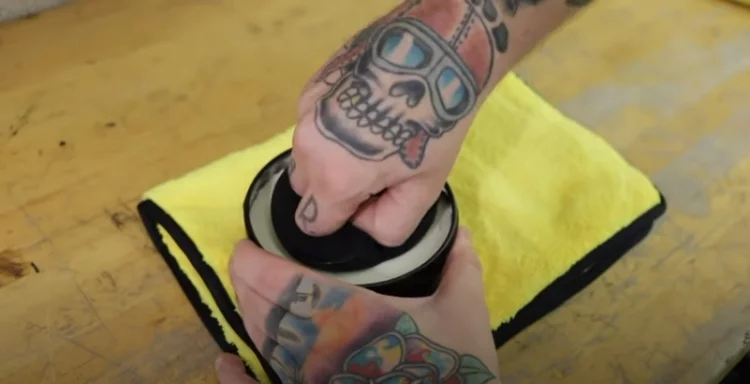
What Is Car Polish and What Is It Used For?
The polishing procedures will smoothers the surface of the automobile by producing a clean, immaculate paint finish. The auto polishing technique will also help maintain your old car sparkling like new and, with regular polishing (as recommended by the manufacturer & service supplier), will give it an even better look than it had before.
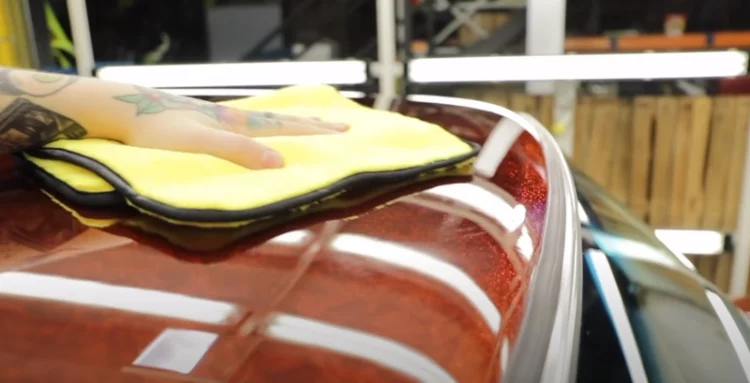
A car polishing is commonly not recommended because its abrasive qualities can harm the surface of the car's body panels. Polish must be used prior to wax since it aids to restore the luster of oxidized vehicle paint. Car polish achieves this by eliminating a very thin layer of the paintwork so the look of scratches is lessened when they resolve into the coat.
When buying a new car, you'll find that there is a treasure trove of extras available for your purchase. One such extra which seems to get people very excited is the idea of having their car professionally polished and waxed.
Why? Not for any other reason than to make it look nice of course, but there is another motive behind the decision; protection. A "proper" polish and wax will give your vehicle a layer of protection against both the elements (rain, sun, etc.) and common scrapes and scratches.
It's a bit like having a nice suit made for you; not only does it look professional and classy, but it offers better protection against the rigours of modern life (being caught in the rain and such).
Of course with many cars now, there is no need to send your car off somewhere to be polished and waxed as most now come with a coating of wax already applied. It is worth checking however as some manufacturers don't bother putting any on, especially if you live in a country where it's a lot warmer and therefore wetter.
Even having a professional polish every few years will ensure your car stays looking nice though, so even if you have the luxury of an already waxed car, it's worth keeping up to date.
Car Polish vs. Car Wax
Car wax works similarly to nail paint in that it leaves a protective sheath upon a nail. The car's wax does the same thing; it puts a protective wax covering on the vehicle after it has been polished. Several waxes now incorporate UV inhibitors, which shield the paintwork from the sun's rays, to strengthen their protective abilities.
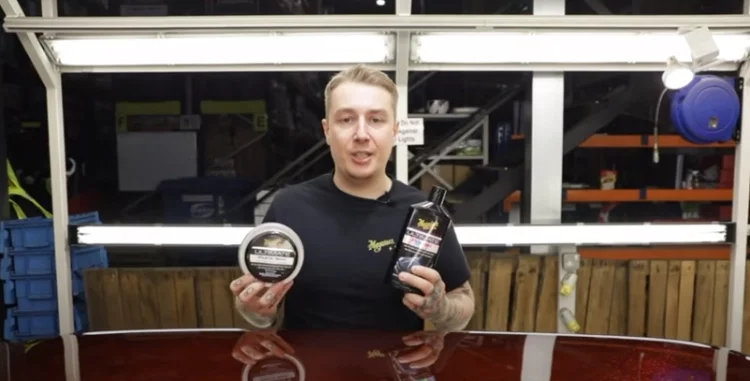
Car polishes and waxes serve very different purposes and one of these is not interchangeable with the other. It's important to know that there are two main types of auto detailing products: abrasives and detailers. Abrasives differ from detailers in just how safe they are to use. Abrasives, such as polishes and pastes, tend to be made from more aggressive materials (they're typically composed of very small nanosized particles) and the risks associated with these products is that they can quickly damage clear coat or paint if not thoroughly removed after application. Detailers on the other hand, are typically composed of waxes (made up of large molecules that can't seep into the layers of paint to damage them), polymers (developed specifically for their ability to bond with vehicle surfaces) and silicone (for its slick properties). Waxes try to fill in the cracks and scratches on your car's surface so they affect how light reflects and ultimately how shiny your car is. Polish and paste-based products instead, try to reduce the number of scratches and swirl marks on your paint by leveling out those notches in the clear coat with their particles.
So polishing your car does what exactly? Polishes basically smooth out those little bumps on paint, which fills them up and makes them less visible. If you're looking to improve shine and gloss, polishes are what you'll need. You can polish your car with a power or hand drill (rotary brush) or by using an orbital buffer with a foam pad attached.
Polishing is like sanding in reverse: rather than stripping the top layer of paint, polishing compounds fill in or diminish scratches and other imperfections that mar the surface of your car's paint.
What about wax? Waxes add a protective coating to vehicle surfaces [ they're meant to be applied on top of a layer of polish only! ]. They can also be used by themselves and they do not remove any swirl marks or deepen any scratches. On the contrary, if applied on top of another car care product (like a polish), waxes tend to fill in and cover up the damage brought on by polishing and essentially make your vehicle appear as though you haven't touched it at all.
So again: one is meant for removing surface imperfections while the other goes on top of other finishing products to protect them? That's right. Polishes are the first step in the detailing process. They remove light swirls, scratches and old wax residue, which allows for a perfect surface that can be waxed over. Waxing is typically done after polishing your car because its function is simply being put on top of the work already done by the polishing stage. That's not to say, however, that your vehicle will look bad if you apply wax before using a shine-enhancing polish - just understand that it's fairly common for car care enthusiasts to wax their vehicles after they've removed most surface imperfections and then simply reapply wax every so often as needed (typically after washing and drying).
When to Utilize Which Product
Before deciding whether one should polish or wax his car, he must thoroughly clean and dry it. Then, using your fingertips, lightly run them over the paintwork, noticing any rough patches or inflated flecks. If the outer layer is flawless, all you have to do is implement wax and sweep it away according to the manufacturer's instructions. If you find minor bumps or irregularities, the flaws lie under the surface, and the vehicle should be smoothed before applying any wax.
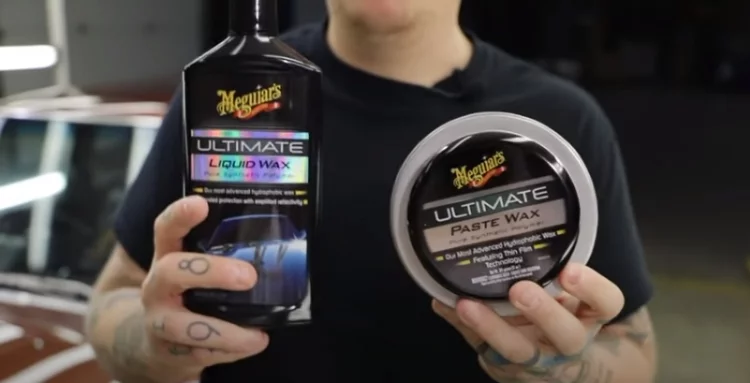
| Car Polish | Car Wax |
|
|
|
|
|
|
|
|
|
|
|
|
Combo Item
There are many products that advertise to be combo products that include both wax and polish, but this information is seldom stated very apparent on the label! In reality, they are usually labeled as 'wax' and sometimes 'polish.' Sadly, the marketing people don't seem to care about interpretations and will call their product whatever they think sounds the best. So, carefully read the label thoroughly to verify that you're purchasing a product that you actually require. If necessary, we recommend that you polish your automobile before waxing it. Forget about so-called combo items.
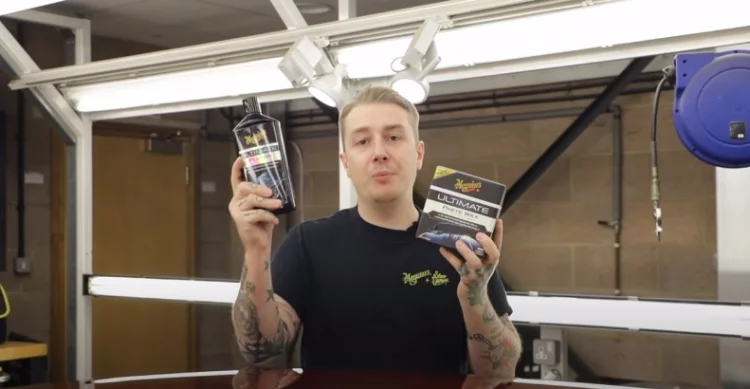
The Benefits and Drawbacks
If used too often, polish might ultimately scrape off the paint and topcoat. In this instance, the automobile will have to be repainted. Certain polishes, on the other hand, include mild abrasives and polymer mixes that do minimal harm. The benefit of polish is that it will last longer and will remain to bead water for up to a year. Wax has to be sprayed more often and may actually melt if it gets too hot, especially on sun-exposed areas like the roof & hood.
How often do you need to polish your car?
This depends on the condition of your paint and how well you look after it. If you live in harsh conditions, such as a city with lots of road salt in the winter months, regular polishing may be needed. The frequency is typically determined by how much material gets stuck into the car's paint and how well your clear coat is able to hold up against that (if you're not sure how often to use a polishing compound, ask yourself if there's been any damage or blemishes caused from driving in the city. If so, it may be time for some serious action).
What do I need to perform polishing?
Depending on the level of surface imperfections you're dealing with, polishing can require varying levels of equipment. If you're trying to smooth out lighter swirls and scratches only (the kind that are easy to see when looking at your car in certain lighting conditions - but not always visible when examining the paint up close), you're looking at using an average power drill (like this one ) or orbital buffer ( like this one ). If your paint is badly damaged, however, it may work best if you visit a professional detailer who can buff out the gouges and scrapes with power tools. Doesn't mean you should be afraid to try it yourself, though. A little knowledge and a bit of elbow grease can go a long way if you're trying to save money.
Conclusion for Car Polish vs. Wax
Waxing your car is the process of applying a protective coating to your paint job. This can be done by hand, or with a machine. Waxing provides protection against weathering, fading, and bird droppings. It also makes the car easier to clean in the future. Car polish is not as effective at protecting your paint job as waxing, but it does make the car shine more. Polish should only be used every few months, while wax should be applied every 3-6 months. So, which one should you use? If you're looking for maximum protection for your car's paint job, go with wax. If you want your car to look its shiniest, go with polish
 |
 |
 |
 |

About Chris Lewis.
Chris Lewis is a passionate individual with a deep affinity for the world of automobiles. From a tender age, his fascination with cars was nurtured by his father, a seasoned mechanic based in the vibrant city of San Francisco. Growing up under the watchful guidance of his skilled father, Chris developed an early aptitude for all things automotive.
Thoughts on "Car Polish vs. Wax"
 |
 |
 |
 |
Get FREE Filters now. Or latest free tools from our best collections.
Disable Ad block to get all the secrets. Once done, hit any button below
 |
 |
 |
 |